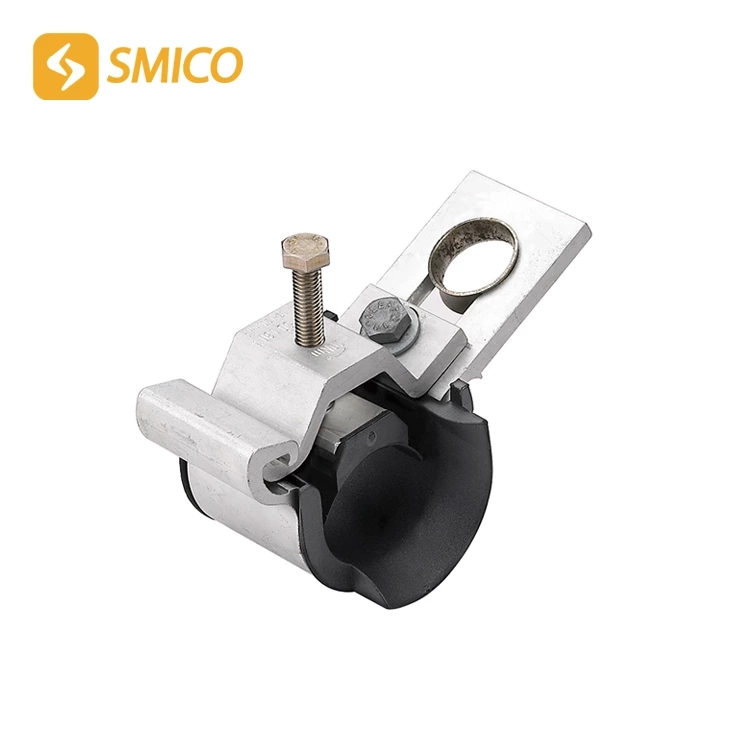Analysis Of Terminology Of Electrical Fittings - General Category
1. Scope
This standard specifies some important terms for electric power fittings.
This standard is applicable to the formulation of electric power fittings standards, the compilation and translation of professional literature, teaching materials and books, and can also be used as a reference in other fields related to electric power fittings.
2. Terms
2.1 Electric power fittings
Metal accessories that connect and combine various devices in the power system to transfer mechanical loads, electrical loads and certain protective functions.
2.2 Suspension Clamp
Hardware that suspends the conductor to the suspension string group or pole tower.
2.3 Tension clamp, strain clamp, dead-end clamp
Hardware used to fix the conductor to withstand the conductor tension and hang the conductor to the tension string group or pole tower.
2.4 Link fitting, insulator set fitting
Hardware used to connect and combine insulators, suspension clamps, tension clamps and protective hardware into a suspension or tension string group.
2.5 tension joint, splice
A fitting used to connect two conductors and meet the mechanical and electrical performance requirements of the conductors.
2.6 partial tension fitting
A fitting used to connect conductors or electrical equipment terminals with the main purpose of transmitting electrical loads.
2.7 protective fitting
A fitting used to protect the electrical or mechanical performance of various electrical devices or fittings themselves.
2.8 bus-bar fitting
A fitting used to fix, suspend and support power distribution equipment.
2.9 clamp
A fitting or part of a fitting used to fix or fix a conductor.
2.10 failure load
The load that causes the failure of the fitting under specified test conditions.
2.11 specified failure load
The minimum failure load value of the fitting specified by the buyer or announced by the supplier.
2.12 damage load
The maximum load value that the fitting can withstand without the fitting being deformed.
2.13 slip
When the conductor is fastened by any means and the relative displacement between the conductor and the fitting occurs after the load is applied, so that the test load cannot continue to rise, this phenomenon is called slip.
2.14 grip strength, holding strength
The load that the conductor can withstand when the fitting is fastened by any means without slipping.
2.15 insulator string
Combining multiple insulators into a string can provide flexible support for the conductor. The insulator string mainly bears tension.
2.16 insulator set, insulator assembly
One or more insulator strings are combined into a whole, and are equipped with all the fittings required for line operation. One end of the insulator is flexibly fixed to the pole tower with a fitting, and the other end can suspend or support the conductor.
2.17 suspension insulator set
An insulator string group used to suspend a single conductor or split conductors and mainly bear their weight.
2.18 tension insulator set
An insulator string set used to withstand the tension of a single conductor or split conductors.

